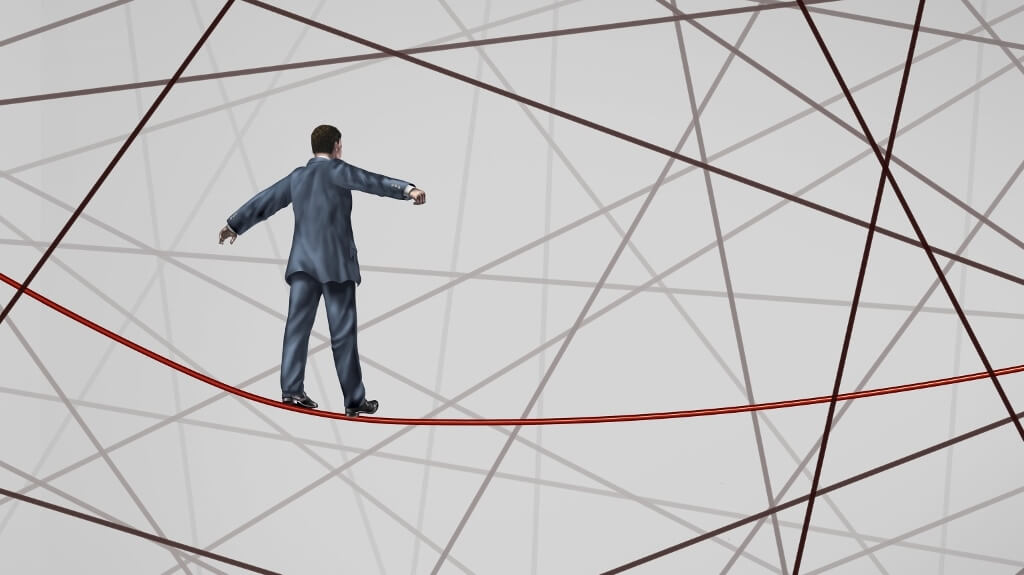Paul Adams and Mike Straw, authors of The Little Black Book of Change, explain how just seven changes to the way you do business will create extraordinary results.
Seven 'Shifts' To Transform Your Business
Paul Adams and Mike Straw, authors of The Little Black Book of Change, explain how just seven changes to the way you do business will create extraordinary results.

There are seven context shifts that, if you become masterful at managing, will enable you to predictably and consistently produce extraordinary results. We call these the Magnificent Seven:
SHIFT 1 Letting go of the past
SHIFT 2 Developing breakthrough ambition
SHIFT 3 Creating a bold new vision of the future
SHIFT 4 Engaging the players in the bold new future
SHIFT 5 Cutting through the DNA
SHIFT 6 Keeping the organisation future-focused
SHIFT 7 Gaining energy from setbacks
Shift your attention
Breakthroughs happen when we shift how we are thinking. We need to operate from a viewpoint and belief that:
• Our bold commitment is possible and can always be created. Everything necessary to make it real exists in the world.
• We are accountable for the result, and we are capable of making it happen.
• Nothing is fixed apart from what we are committed to, the natural laws of the world and what we need to do to stay legal.
• Everything else can be challenged.
This means rejecting should, shouldn’t, can’t and any other opinions that are inconsistent with our commitment.
Truly being committed means creating empowering new must dos, consistent with our commitment.
For each must do, look at what is already in place, and what is missing and essential. Then focus your efforts on finding or creating that which is missing. This very simple shift of attention from why something is not possible to seeking out that which makes it possible creates miraculous results over and over again.
“For each must do, look at what is already in place, and what is missing and essential.”
What usually stops action on must dos, is that until our alternative beliefs and assumptions are surfaced, they are invisible to us. We have strong opinions and conclusions and hold them as true – giving us no room to be creative.
One of the main obstacles to seeking out what is missing and essential is the feeling that something is impossible or requires so much to be done. At this point our vision turns into something that conceptually is attractive but in our reality is far too much trouble to manage or commit to. All the wrong emotions start to play lead roles in our minds.
To illustrate this emotional state of mind and the role it plays, try and think back to a time whilst at work or home when you had what appeared in front of you to be a large amount of work with many actions to be done.
It might be a long list of emails to answer that keeps growing. As you feel overwhelmed you delay action and the problem keeps growing. After a period of procrastination you decide to tackle the problem head on.
Within no time at all you get through the workload and wonder how you could have completed the task(s) so quickly. What was all the worry about? Feelings of achievement and success are also high after the event.
Although this is a trivial example compared to delivering a big and bold vision, it is similar emotions that hold us back from the bigger things in life. Such as starting our own business or moving to live and work in another country.
The lesson is that you have to try. Don’t put off until tomorrow what can be done today is a very profound saying. Too often we look into the past or into the future and forget about the present. We can only get things done in the present.
“Too often we look into the past or into the future and forget about the present.”
Operating from a commitment way beyond a predictable result is a scary place to be – and can even feel irresponsible. The associated emotions are not simple to overcome. Managing the associated feelings is related to how you assess risk, which can be helped with a skilled coach, mentor or facilitator if a wider group is involved.
Such conversations allow you to analyse the risk and highlight the specific areas that need addressing, to help mitigate initial negative reactions that leads to eliminating unnecessary concerns. Risks generally show up bigger when you start out!
How to gain energy from setbacks
You should aim to demonstrate to your organisation a dramatic shift. Perhaps a shift away from how they would normally solve problems. This approach will “give permission” to people to do the same.
“From” Leaders:
• Seeing problems as “wrong” or too risky without any further investigation. This change shouldn’t happen; something to be avoided.
“To” Leaders:
• Embracing setbacks as they show us the limits of our current thinking.
• Knowing that the pathway to breakthroughs is addressing constant setbacks.
• A leader’s positive and proactive approach to setbacks demonstrates to other people that resolutions are possible and that the vision is becoming and can be a reality.
Key takeaway practices
• Actively look for setbacks and ask what is missing to achieve the commitment.
• Watch and intervene in the rationalizing process that you and your colleagues may start to go through.
• Create an environment where people can bring up the potential and actual setbacks freely and challenge assumptions.
• See setbacks as the pathway to extraordinary outcomes.
This is an edited extract from The Little Black Book of Change: The 7 fundamental shifts for change management that delivers, by Paul Adams & Mike Straw, (Capstone), £12.99
Thanks for signing up to Minutehack alerts.
Brilliant editorials heading your way soon.
Okay, Thanks!




